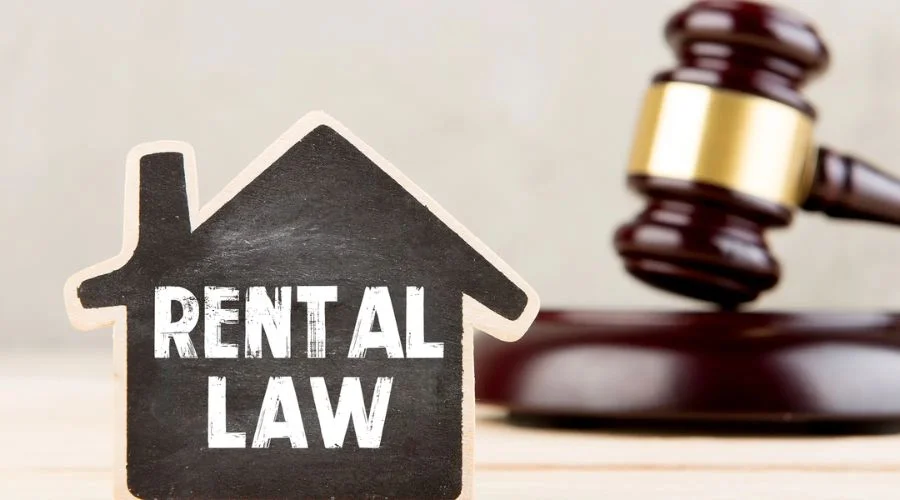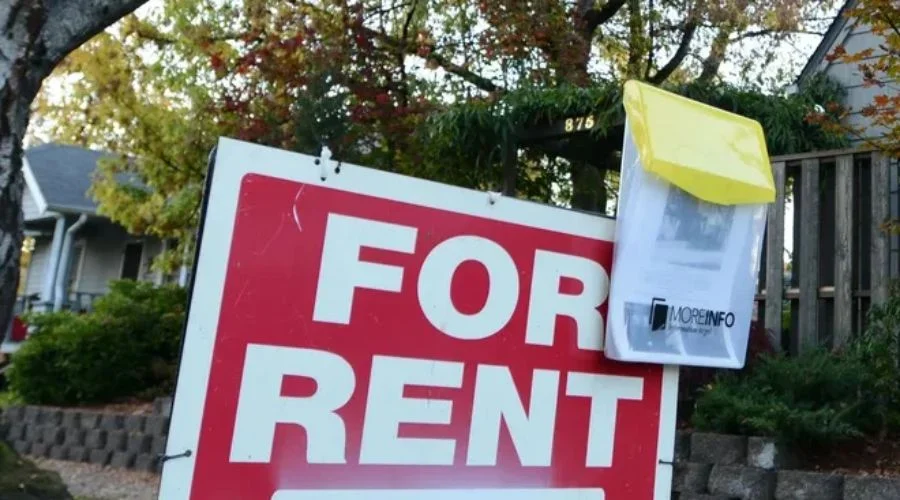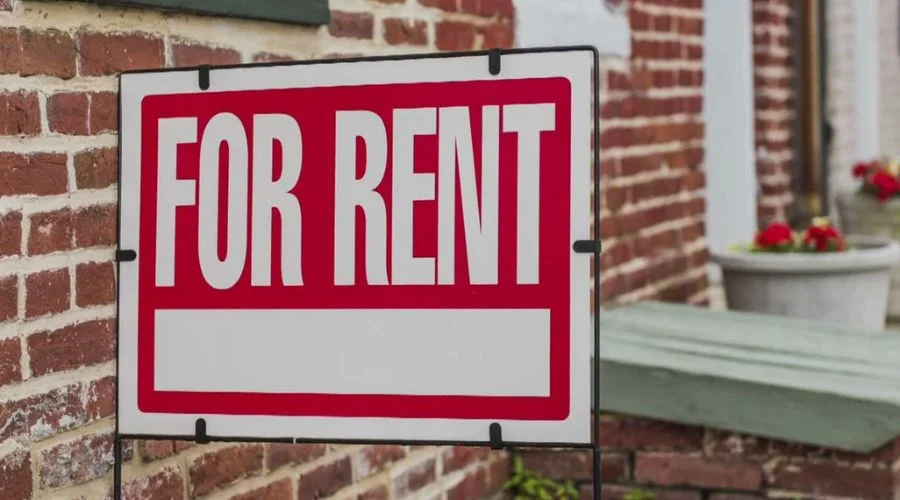Understanding Maryland rent control laws is essential for both landlords and renters. Maryland does not have a state-wide law, but it allows local jurisdictions to adopt their own ordinances. These rules set limits on annual rent increases to stabilize local housing markets.
LeaseRunner’s guide walks you through local rent control policies, rent increase rules for landlords, and tenant protections under the law. It will also give the landlords practical tips to avoid legal problems and tenant disputes.
Introduction to Maryland Rent Control Laws
Maryland rent control laws are involved with rent increase limits. They operate under the Renters’ Rights and Stabilization Act, which was effective on 1 October 2024. The Act includes rent increase guidelines, security deposits, and eviction protections for tenants. These guidelines keep housing costs predictable and transparent. While the policies protect tenants from excessive rent increases, they ensure landlords will earn fair returns from their properties.
Instead of a state-wide rent control law, Maryland applies local rent control, in which counties and cities impose their own rent increase caps. This has a significant influence on both landlords and renters. Therefore, updating rent regulations regularly is essential for both sides to maintain positive relationships and avoid costly legal disputes.

Local Rent Control Ordinances in Maryland
Maryland rent control laws are set by counties and cities, not the state. Each county and city sets clear local rent control or stabilization ordinances. They cover rent caps, exemptions, and rent increase requirements for landlords.
Annual rent increase limits
Due to local rent control ordinances, every county and city applies a different formula. Here are some typical examples of major areas in Maryland:
- Montgomery County: Annual increases are capped at the lower of CPI-U + 3% or 6%. For leases from July 1, 2025, to June 30, 2026, the limit is 5.7% (CPI-U 2.7%). Rules allow banked increases, capital improvement surcharges, and fair-return petitions. These Maryland rent control laws apply to most licensed units over 23 years old. Landlords must follow rent increase notification laws by giving tenants written notice.
- Prince George’s County (PRSA 2024): Annual increases cannot exceed the lesser of CPI-U + 3% or 6%. Senior housing is capped at the lesser of CPI-U or 4.5%. The county updates the allowance every July 1 for renewals and new leases.
- Takoma Park: The city issues its own yearly limit. For July 1, 2025, to June 30, 2026, the allowance is 2.4% under its city rent control laws.
Rent stabilization ordinances
Only certain regions in Maryland, such as Montgomery County and Takoma Park, commonly apply rent stabilization to prevent landlords from imposing excessive rent increases. In Montgomery County, the law - effective July 23, 2024 - covers most licensed rental properties older than 23 years, while exemptions exist for owner-occupied dwellings, accessory dwelling units, affordable housing agreements, and specific facility-based housing.
Takoma Park’s system applies rent stabilization to all individual condominium units and multifamily rental facilities. Still, it does not extend to single-family houses, accessory apartments, or duplexes where one unit is owner-occupied.
Both jurisdictions publish annual allowances, outline fee rules, permit banking of increases up to 10%, and allow petitions for capital improvements or a fair return. Prince George’s County’s PRSA also established a Rent Stabilization Board with rules for banked rent, surcharges, and fair-return cases. Together, these Maryland rent control laws show how rent control and rent stabilization differ across local areas.
Exemptions from the Maryland Rent Control Laws
Exemptions change by county or city. The most common are:
- New construction:
- Montgomery County: units under 23 years old are exempt.
- Prince George’s County: units built on or after Jan. 1, 2000, are exempt.
- Takoma Park: new multifamily buildings get a 5-year exemption.
These rules under Maryland rent control laws encourage new development. - Major renovation: Montgomery County grants a 23-year exemption if renovations cost 40% or more of the assessed value.
- Special property types: Most areas exempt properties from rent control, such as medical or care facilities, religious housing, dorms, short-term lodging, and units under affordable housing deals.
- Small or owner-occupied buildings:
- Montgomery County exempts owner-occupied two-unit buildings, Accessory Dwelling Units (ADUs), and landlords with two or fewer county units.
- Prince George’s County exempts some small landlords (five or fewer units), condo owners living in the county, and co-ops. These carve-outs balance rent control laws with the needs of small owners.
Rent Increase Requirements for Maryland Landlords
Maryland rent control laws include strict requirements for landlords, particularly regarding notice of their rent increases. In other words, they have to inform renters about when, why, and how they do it. This enables the renters to plan their monthly budget. These requirements protect renters from sudden financial strain while ensuring landlords receive fair returns.

Acceptable reasons for rent adjustments in Maryland
Under rent control laws, a landlord can only raise rent for clear and legal reasons. Common examples include higher utility costs, property repairs, or major improvements that add value for tenants. In areas with rent stabilization or city rent control laws, rent changes must follow a set formula or index.
This stops sudden spikes and gives renters protection while still letting property owners recover real expenses. For tenants, understanding related rights such as security deposit rules is equally important to ensure affordability and avoid excessive upfront costs.
Notice requirements for rent increases
State and local rules require landlords to send tenants a written notice before any rent change takes effect. They must use the allowable rent increase templates, including the new rent amount and the effective date.
In most Maryland counties, landlords must give 90 days’ written notice. The letter must show the new rent and when it begins. This legal notice for rent increase gives tenants time to plan, review their lease, or move if needed.
Skipping notice breaks tenant protections and can lead to legal action. Timely notices also help reduce disputes that may escalate into broader issues like claims under squatter rights if tenants remain without proper agreements.
Landlord protections: Fair returns for properties
Due to the strict rent increase regulations, landlords still receive safeguards under the law. If expenses rise above the cap, they may ask for rent control exemptions. This process helps landlords cover costs, stay profitable, and keep properties in good shape. The system balances the need for affordable housing with the right of owners to earn a fair return.
Statutes also outline conditions for landlord entry, ensuring that property inspections or maintenance comply with tenant privacy rights while still protecting the owner’s investment.
Penalties if they violate the rent increase laws
Breaking rent increase rules can have serious consequences. Landlords may need to refund tenants, cancel illegal charges, or pay fines. In some areas, repeated violations can even lead to loss of a rental license. These penalties enforce compliance with rent control laws and protect renters from unfair practices.
Therefore, the landlords keep informed about changes to the local rent control law and have a clear lease agreement with the renter before finalizing the deal.
Eviction Protections for Maryland Tenants
Eviction protections prevent landlords from unlawfully evicting tenants, typically for reasons like non-payment of rent, lease violations, or property damage. Under the law, renters have the right to appeal unjust evictions. Meanwhile, landlords must follow legal procedures and can do eviction checks during tenant screening.
In Maryland, rent control laws vary by county, but eviction proceedings are governed by statewide landlord-tenant law, providing uniform protections across the state.
Tenants’ protections and rights
Before filing a failure-to-pay-rent case, a landlord must give a 10-day written notice. The notice must state the unpaid amount and allow time to fix it. Even after a judgment, tenants keep the right of redemption. They can stop the eviction by paying all rent, late fees, and court costs before the sheriff arrives. These rules apply even where there are rent control exemptions.

No self-help evictions
Lockouts, changing locks, removing doors, or cutting utilities without a Warrant of Restitution and the sheriff present are illegal. Only the District Court and sheriff/constable can restore possession; landlords cannot “take the law into their own hands” under rent control laws in Maryland. To understand the proper steps, you can refer to the eviction process for more information.
Tenants’ rights to re-entry
If a landlord performs an illegal lockout, the renter may re-enter, including hiring a locksmith and later seeking damages. Courts can order restoration of access when possession was taken without judicial process. These re-entry remedies operate alongside rent control laws.
Pay-to-stay protections
The right of redemption (“pay to stay”) lets a renter stop an eviction by paying the full judgment amount and costs before removal. This right is lost if the tenant has 3 or more rent judgments in the prior 12 months (4 in Baltimore City) unless the landlord agrees.
Courts also check compliance with tenant notification laws when deciding disputes tied to rent obligations under Maryland rent control laws.
Protection against retaliation
A landlord cannot punish a tenant for lawful actions. This includes reporting code issues or joining a tenant group. Retaliation may not include eviction, rent hikes, or cutting services. Claims must be made within 6 months. The tenant must also be current on rent unless withholding for legal reasons. These rules add another layer to rent control laws.
Rent escrow
If a rental has serious defects that risk health or safety, tenants can pay rent into court. Judges can reduce rent, order repairs, or release funds once problems are fixed. Filing an escrow does not always stop an eviction case. Still, conditions can be used as a defense. Courts may also check the rent increase notification process. Rent escrow protections work hand in hand with Maryland rent control laws.
Practical Tips for Landlords to Resolve Tenant Disputes
Dealing with rental regulations in Maryland can be complex, especially for property owners unfamiliar with local requirements. To stay compliant with Maryland rent control laws and avoid costly disputes, landlords should consider the following practical steps.
1. Use county mediation services
When rent disputes or housing disagreements surface, mediation can be the first step to resolution. Most Maryland counties provide mediation programs where landlords and tenants meet with a neutral third party. These services help clear misunderstandings, rebuild trust, and often resolve matters faster than formal hearings. Acting early shows good faith and helps landlords remain compliant with rent control laws.
2. File a complaint with a landlord-tenant office
If informal talks fail, landlords should take advantage of county landlord-tenant offices. In Montgomery County, this office enforces rental stabilization and protects tenant rights. Filing a complaint documents the issue and ensures both sides follow the rules. Using this channel gives landlords credibility while staying within local housing codes.

3. Petition for rent adjustment
Operating costs sometimes increase beyond what the rent limits cover. Maryland law allows landlords to request a rent adjustment through county procedures. A petition can justify higher rent, provided expenses are clearly documented. This process, grounded in Maryland rent control laws, balances landlord needs with tenant protections.
4. Negotiate a payment plan
Late rent does not always mean eviction. A written payment plan can keep tenants in place and provide steady cash flow for landlords. Outlining terms, deadlines, and consequences prevents confusion and reduces the risk of housing disputes. This strategy respects tenant rights while avoiding the lengthy eviction process.
5. Seek legal counsel
Complex cases call for professional advice. Attorneys experienced in landlord-tenant law can explain county rent stabilization rules, review rental agreements, and represent landlords in disputes. Legal guidance ensures compliance with rent control laws and reduces the chance of costly mistakes.
6. Initiate court proceedings
The court should be the final step when no other option remains. Filing a case enforces landlord rights but requires careful adherence to lease obligations and state housing statutes. While more formal and time-consuming, court proceedings provide a definitive resolution to ongoing rental conflicts.
Conclusion
Staying informed about Maryland rent control laws is the best way to protect your rental business and maintain fair relationships with tenants. These local rules set clear limits on rent increases, notice requirements, and tenant rights, making compliance essential for every property owner.
By understanding the updates and applying best practices, landlords can avoid disputes, reduce turnover, and build long-term stability. Use this guide as a resource to stay compliant and confident in Maryland’s rental market.
FAQs
1. How much can you legally raise rent in Maryland?
In Maryland, there is no statewide rent cap, but local jurisdictions may impose limits. For example, Montgomery County restricts annual rent increases to the lower of 6% or the Consumer Price Index (CPI). Landlords must provide at least 90 days’ notice before raising rent. It’s essential to review county-specific regulations to ensure compliance with Maryland rent control laws.
2. Is Maryland a rent control state?
Maryland does not have statewide rent control, but certain counties and municipalities, such as Montgomery County, enforce local rent stabilization rules. These laws limit the percentage by which landlords can increase rent each year and require proper notice periods. Property owners should always check the applicable county guidelines, as enforcement of Maryland rent control laws varies by jurisdiction.
3. What is the new rent law in Maryland?
The most notable updates involve Montgomery County’s rent stabilization law, which took effect in 2023. Under this policy, landlords can increase rent annually by a maximum of 6% or the rate of inflation (CPI), whichever is lower. The rule aims to protect tenants from sharp rent hikes while allowing landlords fair returns. This is one of the strongest examples of local Maryland rent control laws currently in place.



